Most of us were never taught how to run; we simply do it without thinking about it. So why does our running technique matter?
 Most importantly because we wish to run for many more years. If we’d run in a way that hurts our body, we won’t be able to keep running very long. Focusing on form and technique can help us stay injury-free. And, improving our form can also help us become more efficient runners, which allows us to sustain longer runs, and even become faster with less effort.
Most importantly because we wish to run for many more years. If we’d run in a way that hurts our body, we won’t be able to keep running very long. Focusing on form and technique can help us stay injury-free. And, improving our form can also help us become more efficient runners, which allows us to sustain longer runs, and even become faster with less effort.
 Improve Efficiency
Improve Efficiency
Especially for long-distance runs, efficiency is the name of the game. When we move from our body’s core and let our arms and legs follow, it will relax our body’s moving parts. You’ll feel the difference as your run will become much more efficient.
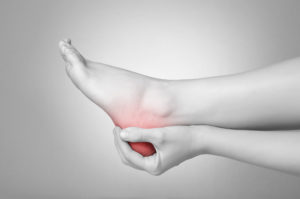 Injury Prevention
Injury Prevention
Another vital reason for focusing on form is injury prevention. An energy-saving and more efficient running form will also reduce the impact on your joints and allow your leg muscles to work less when you run. An incorrect form causes extra stress to your joints and muscles. The same distance at the same pace will cost you more effort if your form isn’t right because it will cause more stress to your joints and muscles.
 Experience the inefficiency of an improper form
Experience the inefficiency of an improper form
To feel and experience the impact of a “wrong running form”, simply try to run some small distances with some inefficient body postures, arm positions, and foot landings. Exaggerate to clearly sense the impact.
 Incorrect Body postures
Incorrect Body postures
-
- bend your head forward with your nose pointing at the floor just in front of you.
- tighten your shoulders and pull them a bit up and forward.
You will feel that breathing is harder because your chest is not open. Running like this doesn’t feel light.
 Incorrect arm swings
Incorrect arm swings
-
- run with your arms both stretched up in the sky
- pull up your shoulders and leave your arms hanging down, hands pointing at the floor,
- run with both arms pointed straight forward,
- build two strong fists, and exaggerate crisscrossing your arms in front of your chest with every step.
You will feel that it’s harder to keep balance. The arms and upper body play an important role and support you in pulling yourself forward
 Incorrect stride length & foot landings
Incorrect stride length & foot landings
-
- make super giant steps and land on your heels.
- imagine splashing in rain puddles. Splash as hard as possible.
Can you feel your knees and ankles? And the impact of every landing to your calf muscles and upper legs? It’s a waste of energy.
 8 Running Basics to improve form
8 Running Basics to improve form
Runners should focus on a correct body posture, leg swing, foot landing, arm swing, the position of the pelvis, and a forward lean. A proper running form is based on the physics of body mechanics. To improve your form check out these 6 running basics:
 1. Relax the whole body before running
1. Relax the whole body before running
Staying relaxed is key, as this will allow you to enjoy your running and not put too much pressure on the joints of the body. Slowing down your breathing will lower your heart rate and makes you more relaxed before your physical workout.
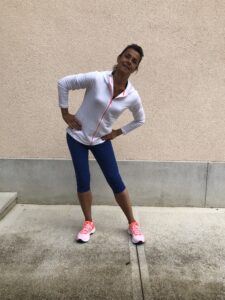 2. Loosen joints & muscles
2. Loosen joints & muscles
A good warm-up includes exercises to loosen the body, which will help you run easier and more relaxed. To loosen up the body simply shake out your arms and legs, do some ankle rolls, and hip and pelvis circles.
 3. Aligned body posture – stand tall
3. Aligned body posture – stand tall
When you’re standing tall your joints are in alignment and your skeleton is supporting your weight. When you run, you want to keep this alignment so your skeleton continues to be involved. To do this, stand up straight, head up, chin in a bit. By maintaining good posture, you lessen the amount of work your legs have to do and move more efficiently.
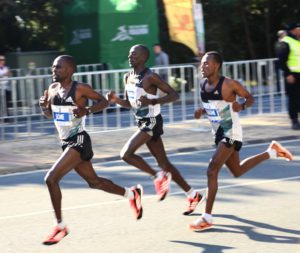 4. Relaxed shoulders & open chest
4. Relaxed shoulders & open chest
It’s common for runners to tighten up their shoulders or other muscles as they get tired. But that tension wastes energy and makes you less efficient. Try to relax your shoulders. Lower them down and pull shoulder blades back a bit to open up the chest. It will make your breathing easier.
 5. Relaxed arms & hands
5. Relaxed arms & hands
Avoid tightening your hands into fists and have your fingers and palms relaxed. Remind yourself to lower your shoulders and bend your arms at a 90 degrees angle. Swing them at the sides of your body. Pull your elbows backward with each step, as if you wish to pull yourself into a forward motion. This will help you balance and keep your chest open as well.
When you notice your hands and arms are crisscrossing in front of you, check on your chest. It will automatically be less opened and you’ll need to re-adjust your shoulders down and backward and correct your arm swings.
 6. Lean slightly forward from the ankles
6. Lean slightly forward from the ankles
Why not make gravity work for us instead of against us? By adding a slight forward lean from the ankle when you run, your body falls forward and you use gravity for your propulsion instead of your legs. This forward lean also helps keep your body in alignment, with your foot landing underneath you, which helps reduce injuries.
To do this, lean from your ankles, not your waist, and keep your spine straight. The lean is subtle; don’t lean so far forward that you are actually falling forward.
 7. Pelvis forward & run from the core
7. Pelvis forward & run from the core
It’s vital to keep your pelvis level to reduce hip injuries. Move your hips and pelvis forward and imagine pulling your tailbone in. Engage your core while you run. Stronger core muscles will keep the hips and pelvis aligned.
Exercise to level the pelvis and engage your abs
Stand up straight with your heels against the wall. Now try to press your lower back into the wall. Watch what happens to your pelvis. You have to engage your lower abdominal muscles in a vertical crunch movement. Remember that feeling in your body and try to maintain it as you run.
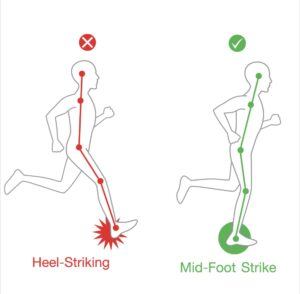 8. Land on the mid-foot
8. Land on the mid-foot
When you run, try not to take your steps too big, to enable a mid-foot strike. You want your foot to land underneath or slightly behind you, in line with your hips and shoulders.
 Is it hard to change our running form?
Is it hard to change our running form?
It may require some take time to break inefficient running habits. So, you’ll probably need to slow down your pace at first to focus on the basics. For an average person, it takes one to three months for his or her muscles to learn something new.
 Regular practice helps
Regular practice helps
Your muscles will remember the body postures and correct movements. When practiced regularly it becomes intuitive. You’ll feel a difference in your body once you get it. Devote at least one run a week to running techniques. Don’t listen to music or talk to a friend. Instead, only focus on your body posture and alignment, and make adjustments throughout your run to stay relaxed and move efficiently.
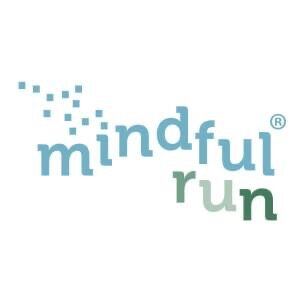 Mindful Run® course or clinic
Mindful Run® course or clinic
Running forms are also an important part of the Mindful Run® Courses (5 sessions) and Clinics (1 session), that are offered by MoreFun2Run. Please check out the page for more detailed information.
 Hopefully, you’ll be able to have more efficient runs. A proper running form can help you through tough moments during training or races. Easier runs are definitely MoreFun2Run! And a correct form will help you stay a runner for more years to come.
Hopefully, you’ll be able to have more efficient runs. A proper running form can help you through tough moments during training or races. Easier runs are definitely MoreFun2Run! And a correct form will help you stay a runner for more years to come.
When enjoyed this post, please give it a “Thumb-Up” and thank you for sharing it! When you have any questions, please reach out to me at an*******@mo*********.com or leave your comment below.

